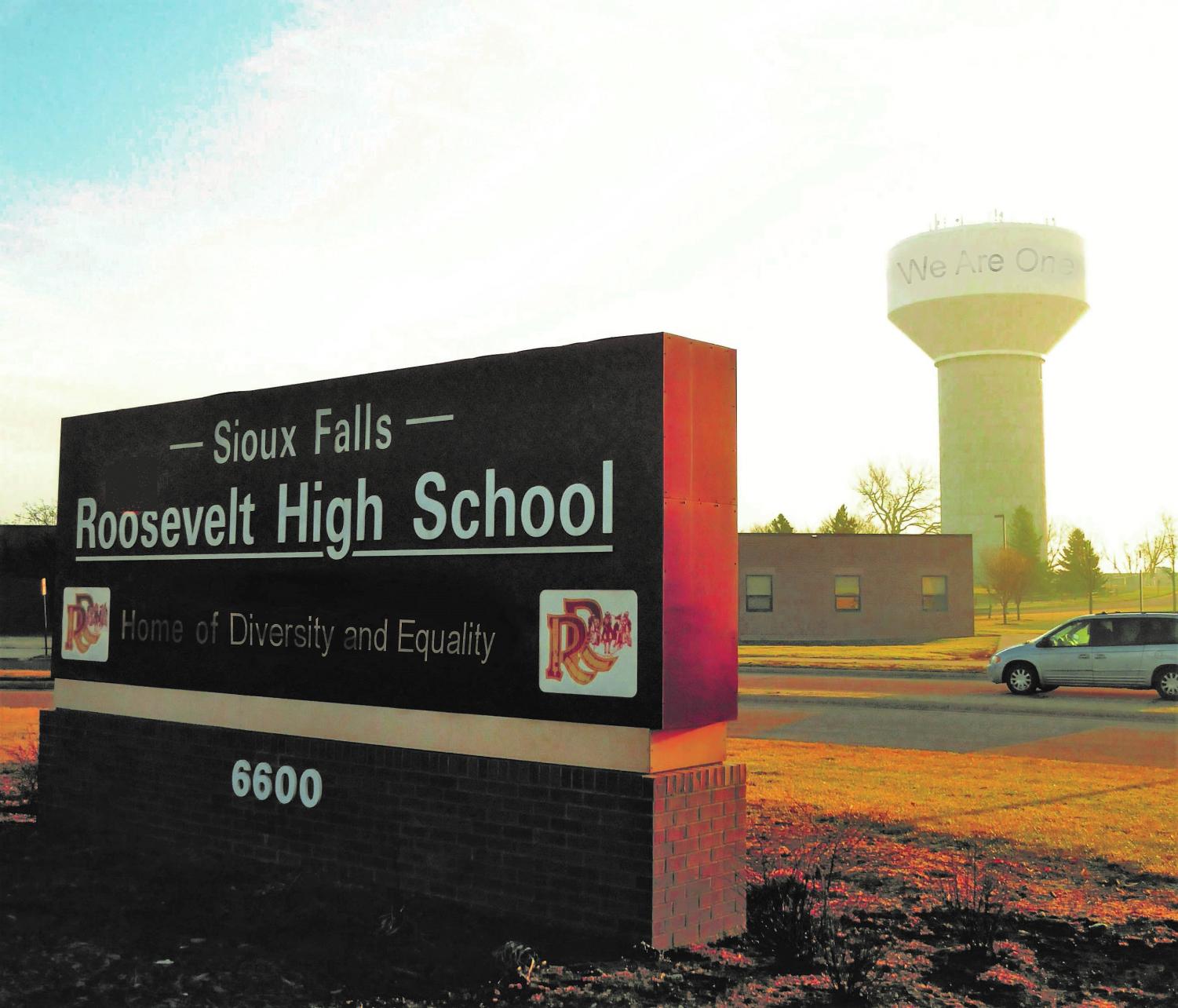BSU at RHS
POSTED November 27, 2018
According to the Gallup Poll, 59 percent of Americans are not satisfied with the United States’ current social climate and this dissatisfaction is caused mainly by a lack of representation in the government. With an outcome of the current midterm election, Congress is still the epitome of an “old white male”, trying to amend laws for a country with 23.4 percent minority population. Despite the direction our country is heading, it’s vital to comprehend how diversity in appearance highly contributes to diversity in thoughts. To find a solution for underrepresentation, many Americans have started a movement for change. Similarly, Roosevelt students are fighting for change by creating a minority club in order to have harsh but effective conversation. In Roosevelt High School, 26 percent of students are minorities. Knowing the lack of diversity, Palesa Moshoeshoe, a Roosevelt student, created a club about African American students called Black Student Union.
Even though Black Student Union has been established since 1968, its goals have evolved since its establishment. At Roosevelt, Black Student Union is a platform for black students to share their identities, cultures, politics and beliefs. In addition to its platform for open discussion, BSU inspires young black students to build a strong passion for their community while highly advocating for black students to be aware of problems regarding the black community. During BSU meetings, RHS students can have controversial but essential discussions on topics concerning the black community. Although similar views about the black community are prevalent in BSU, different outlooks are more than welcome. Because of their robust passion, BSU members are able to have productive discussions about “black culture” and “black experience”.
When Black Student Union started, some students and teachers were against the idea and were worried that it gave students an outlet to create a White Student Union. For others, BSU was advocating against inclusivity. In contrast to some students’ and teachers’ outlooks, Moshoeshoe stated that BSU was “a space in which I could express my experience as a black individual in predominantly white spaces.” Comprehending BSU’s ultimate objective, Moshoeshoe didn’t let people’s idealism about BSU become an obstacle.
On October 3, BSU held its first meeting. For many BSU members, the meeting provided a platform to openly discuss the discrimination they faced. For example, one person stated how they were denied from a basketball team because of their skin color while others claimed that some people don’t consider black skin attractive. Talking openly about the dilemmas they faced at a young age, BSU members were empowered to know that they weren’t the only ones with issues based on their race.
Contrary to most BSU members, some students disagreed how the first the meeting was implemented because they believed BSU is becoming a channel to experience victimhood. Roosevelt senior, Jalen Fast proclaimed, “during my time there, no solutions were presented for serious problems in the black community like crime, government dependence, abortion, fatherlessness or even the topic we were supposed to be discussing.” Furthermore, Fast thought the first BSU meeting mainly revolved around “colorism, which was a form of prejudice or discrimination in which people are treated differently based on the social meaning attached to skin color.” Fast also notes that “the presentation was extremely unprepared, consisting of only one slide with claims provided with no statistics or context.” Although Fast astoundingly supports the idea of teens gathering to discuss dilemmas the African American community encounters, he is highly against “applauding each others’ status in failure.”
Strongly believing in BSU’s platform, Moshoeshoe and Fast have different ideals on BSU’s main objective. Fast abets BSU “to empower the black community to function as individuals and move away from group think,” while Moshoeshoe wants BSU “to express experience as a black individual in predominantly white spaces.” Although members firmly disagree on BSU´s ultimate goal, their desire to cause radical changes in the African American community is apparent. For Fast, making radical changes in the African American is not about “applauding victimhood and straying away from organized, critical discussion.” For Moshoeshoe, making radical changes in the African American community is about openly discussing any topic that black people consider essential. As the first BSU meeting took place, Fast “sat in disbelief amongst them, listening to their claims and taking it all in for what it was.” Unlike Fast, Moshoeshoe was “empowered” and “inspired”. Even though both members are divided about how BSU should be executed, they both strongly agree on its platform to help the black community.
As surprising as it sounds, BSU goals can be accomplished with the presence of other races. Although BSU conversation is mainly about the black community, the members comprehend that the problems regarding the black community have many factors, including other races. According to the Moshoeshoe, it is highly crucial to have conversations about “black culture” and “black experience” with other races because only 13.4 percent of the US population is African American. Believing in this strongly, Fast claimed that “gathering and discussing problems facing the African American community is a very democratic practice I like to see young teens take part in.” Practicing their democratic rights, black Rough Riders are able to find a solution. Even if they don’t find a solution, as Moshoeshoe stated, BSU can be a “stepping stone” toward a solution.
Since the early days of America, African Americans have encountered many problems. As African Americans, they were slaves. As African Americans, they were segregated. Astonishingly, there has been only one African American president although the United States is 241 years old. Problems in the African American community were, and still are, crystal clear. Understanding the injustice that occurs in African American society, black Rough Riders are willing to use BSU’s platform unselfishly for positive and everlasting change.
